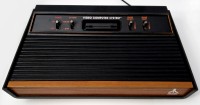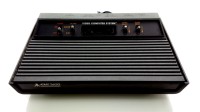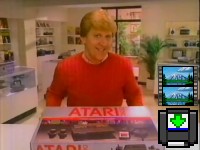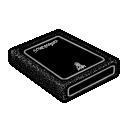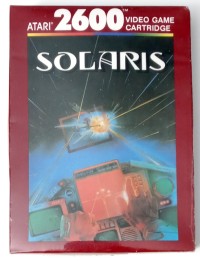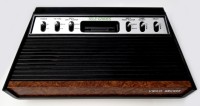
Sears Video Arcade
("Light Sixer")
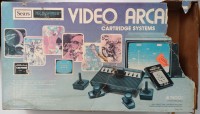
Box, front (damaged)
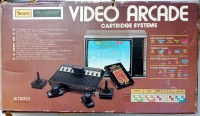
Box, rear
|
Continuing Atari's OEM agreement with Sears under the Tele-Games label, Sears released the Sears Video
Arcade in 1977. A licensed copy of the Atari Video Computer System which was released by Atari in this
same year. Many games were published with the Sears Tele-Games branding on both the packaging, and the
game cartridge labels, with a few Tele-Games exclusive titles being produced by Atari for Sears. Submarine
Commander, Steeplechase, and Stellar Track were never released with Atari branding. All Sears Video Arcade
games and peripherals are fully compatible with the Atari Video Computer System, as the line was only a
branding change.
Sears' brand name and retail presence across the United States was such that the Sears Video Arcade was
able to move a quarter of a million systems in its launch year. The controllers and other accessories
retained their original appearance, with no changes in color or trim design. Game cartridges were rather
plain, often bearing no artwork. Instead, the games were labeled with colored text. After Atari had
re-designed the Video Computer System, Sears elected to do the same, but instead using the Japanese Atari
2800 variation of the Video Computer System, which sported a more futuristic case design similar to that
which would be used for the Atari 7800, and combined joystick and paddle controllers, again with designs
similar to what would be used for the 7800.
|












































